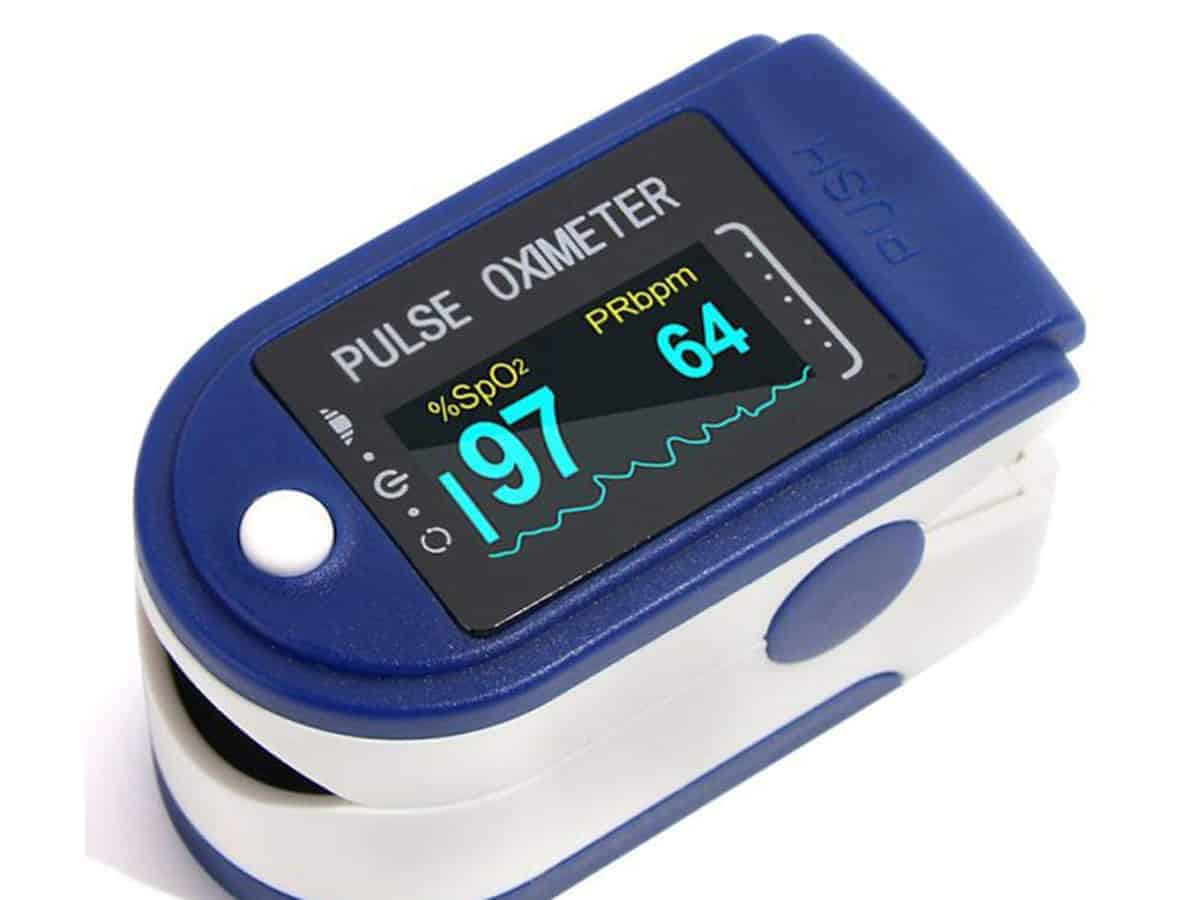Technology by the name of pulse oximeter which allows patients to check the oxygen levels in their blood may ultimately help save their lives.
COVID-19 is known for inducing silent hypoxia in a patient, a condition where oxygen level in the blood drops well below the minimum but patients do not feel an immediate discomfort, which has resulted in people being admitted to hospitals in much worser conditions with dwindling chances of effective treatment.
The pulse oximeter works by shining a light into your finger and by checking the amount of light that has been absorbed by the blood it measures its oxygen level.
This technology is being rolled out to high-risk patients of COVID-19, so they can keep track of the oxygen levels around the clock.
A normal oxygen level in the blood is between 95% and 100%. Anything less than that is cause for concern and a hospital visit. Some studies have also found that even minimal drops from the 95% threshold is linked to increased risk of dying.
Dr Matt Inada-Kim, a consultant in acute medicine at Hampshire Hospitals, speaking to the BBC said, “With Covid, we were admitting patients with oxygen levels in the 70s or low-or-middle 80s… The point of this whole strategy is to try to get in early to prevent people getting that sick, by admitting patients at a more salvageable point in their illness.”

